As the Biden administration approaches the six-month mark, Jessica Chen Weiss spoke with Ryan Hass, a senior fellow at the Brookings Institution and Michael H. Armacost Chair in Foreign Policy Studies, about the state of U.S.-China relations. This interview was originally published on The Monkey Cage by the Washington Post.
Jessica Chen Weiss: In your new book, you write that many analysts have exaggerated China’s strengths and overlooked its weaknesses. Where do you see China headed?
Ryan Hass: China’s leaders face daunting challenges. Ballooning debt, aging demographics and difficulties generating productivity gains within the workforce leave the country’s continued economic ascent far from guaranteed. The political system is becoming less dynamic as more power becomes concentrated around the top Chinese leadership.
And China’s international image, particularly in the developed world, is sagging; Beijing’s abrasive diplomacy is activating coordinated pushback from the United States — and many U.S. allies. From a strategic perspective, China likely will remain constrained for the foreseeable future in its ability to marry power projection with political and economic influence on a global scale — the definitional features of a superpower. China also depends on the rest of the world to feed its people and fuel its economy, creating potential vulnerabilities.
Of course, China also has considerable strengths, foremost among them a thriving innovation ecosystem at the heart of the most dynamic region in the world. China’s people have demonstrated grit and determination in lifting close to 800 million people out of poverty in recent decades. Their leaders have a clear vision for “rejuvenating” China to a central position on the world stage.
It’s important to understand China’s strengths alongside its challenges. For these reasons, as Ali Wyne and I recently concluded, Beijing is neither on the precipice of disintegration nor on a path to hegemony; China is an enduring yet constrained competitor.
JCW: You write that “only China will be able to slow China down.” What’s your assessment of U.S. sanctions and other efforts to restrict China’s tech giants, such as Huawei?
RH: At a sectoral level, there are chokepoint technologies that, if controlled, could cause Chinese companies to alter their corporate strategies. Limits on Huawei’s access to computer chips made with U.S. inputs, for example, have pushed the company to consider moving away from smartphones and 5G technology toward less chip-intensive technologies.
At a national level, Chinese leaders have responded to restrictions on access to U.S. technology by intensifying their drive toward self-reliance. It remains to be seen whether such efforts will bear fruit. The more China turns toward indigenous innovation, effectively limiting its ability to draw on the talent and ingenuity of the rest of the world, the more it could slow itself down. That would be China’s choice.
JCW: You write that “the core question confronting policy makers must be not whether the United States has justification for feeling righteous in its indignation but rather how the United States should respond to Chinese actions in a way that maximally pushes China in America’s preferred direction.” Where have U.S. efforts swayed Chinese strategies and tactics, and what are some of the key ingredients of success in influencing Chinese behavior?
RH: The recent history of the relationship is replete with examples of U.S. diplomacy moving China in Washington’s preferred directions on specific issues that implicated American interests. For example, intensive U.S.-China economic coordination around the 2008-2009 global financial crisis helped avert global economic depression. At the U.S. government’s urging, China’s currency has appreciated and its trade balance with the world has become less of an issue than in the past. This shift generated Chinese demand for imports, which has helped fuel global economic expansion.
Through sustained U.S.-led diplomacy, China went from being a spoiler at the 2009 Copenhagen climate change conference to a key player in securing agreement at the Paris conference in 2015. China also responded positively to intensive U.S. diplomacy when it joined the international response to the Ebola outbreak in 2014 and helped build public health capacity in Africa thereafter.
The currently elevated tensions in the U.S.-China relationship often obscure past examples of coordinated U.S.-China actions to address common international challenges. Recalling these experiences provides a reminder that past U.S. diplomacy has pulled China into efforts to address global challenges. Many of the sharpest threats to America’s interests today defy unilateral solutions, whether the challenge is stopping covid-19, strengthening global health security, building a more inclusive global economy or tackling the climate crisis.
JCW: The Group of Seven recently announced the Build Back Better World partnership as an explicit effort to counter China’s Belt and Road initiative. You write that “if China wants to devote its resources to creating a development bank or building roads and pipelines, the United States should not — and need not — stand in its way.” How effective do you think U.S.-led efforts to compete with the Belt and Road will be?
RH: Western countries cannot compete on a cost basis for constructing roads and railways. China has unique attributes, e.g., a state-guided economy, overcapacity in key sectors, a glut of low-paid construction workers and foreign currency reserves in search of external outlets. The Build Back Better World initiative will likely be more effective if it avoids attempting to out-China China. Instead, G-7 members could focus on areas where they have comparative advantage — building digital technology infrastructure, investing in climate resilience and supporting good governance. A free media and an independent judiciary are more likely to reduce concerns about elite capture, corruption and erosion of environment and labor standards in countries that host Belt and Road projects. As the old adage goes, “sunlight is the best disinfectant.”
JCW: What are some important differences — and similarities — between the Cold War and today’s situation between the United States and China?
RH: The Cold War is a poor analogy for understanding U.S.-China relations today. The Cold War was preceded by 30 years of global war and depression. The current moment follows 30 years of great power peace and global economic expansion. At the start of the Cold War, the Soviet Union exploited power vacuums along its periphery; China today is surrounded by capable powers and the constant presence of the United States in Asia. In the early 1950s, there was hardly any trade or investment flows into the Soviet Union. Today China is deeply embedded in the global economy. As such, containment is not an available option for dealing with China, given that few — if any — U.S. allies or partners would be receptive to aligning with the United States against China.
But one similarity to the Cold War is the risk of a devastating military conflict between two nuclear-armed superpowers. Time will tell whether U.S. and Chinese leaders choose to prioritize risk reduction, without the shock of an event like the Cuban missile crisis to set in motion efforts toward arms control and crisis management.
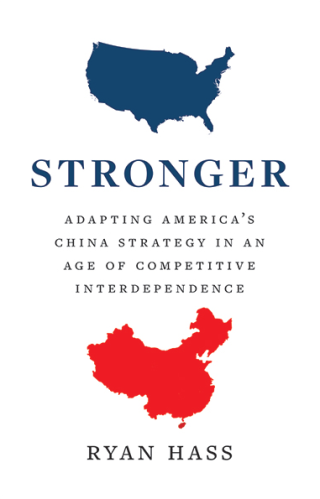
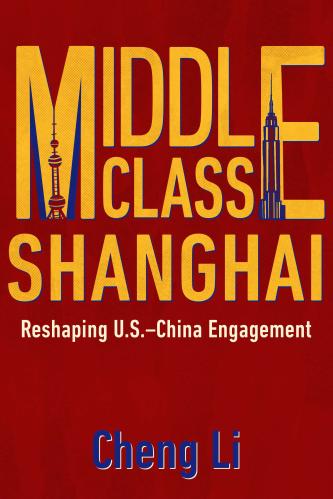
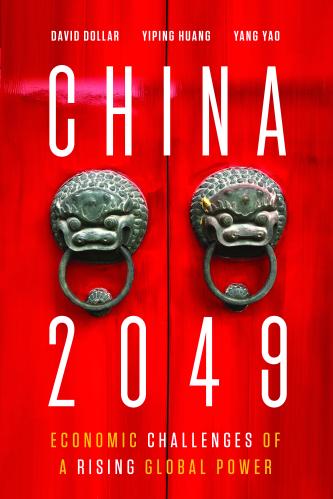
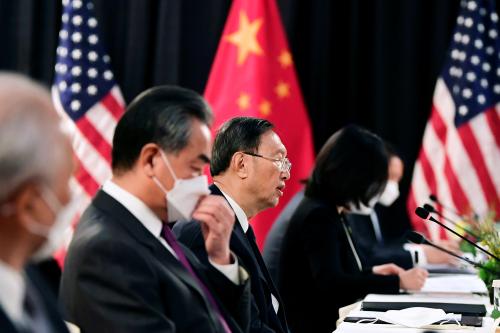
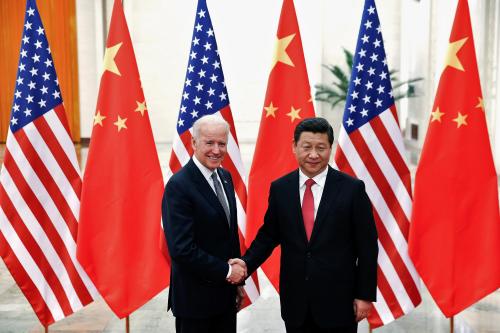
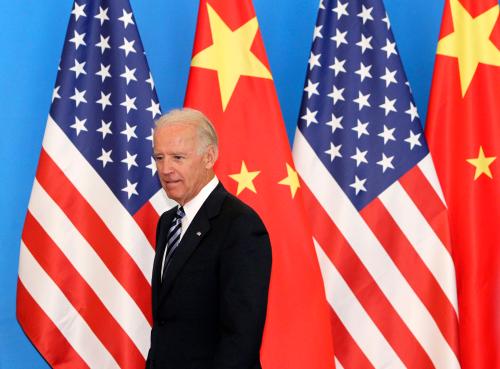





Commentary
The Cold War is a poor analogy for today’s US-China tensions
July 12, 2021